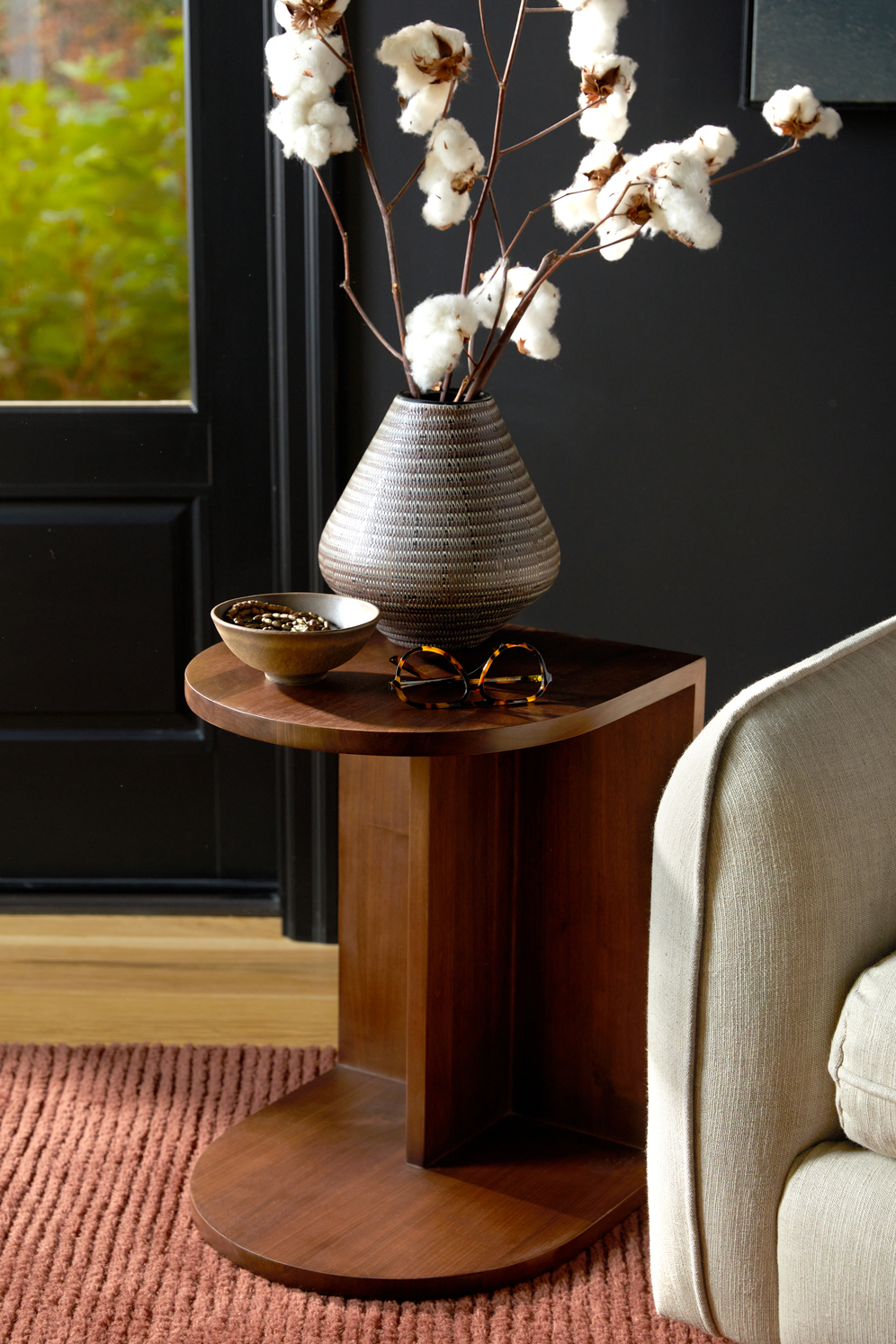
By Jarrett Banks and John Jannarone
Getting cozy is important. As the pandemic and work from home made people more aware of what their living situations were like, they wanted to be surrounded by furniture of quality and comfort.
Throw in style and sustainability and you’ve got yourself a winner.
Parachute, which has long focused on textiles and soft products in the bedroom, has just released its first line of furniture designed for the living room—something that customers have been asking about for a long time. The new line includes sofas, chairs, coffee and side tables, lighting and rugs.
CEO Ariel Kaye likes to describe the aesthetic as timeless, classic and a “Sunday morning type of feeling.”
“As we expanded our retail footprint, shoppers have consistently asked to purchase the custom furniture that we created for our stores,” Ms. Kaye said in a statement. “This demand, coupled with the whitespace we see in the $70 billion living room furniture category that’s poised for 3.5% annual growth through 2025, led us to this exciting expansion for our brand.”
The company has also doubled down on its sustainability efforts: from the people who make the furniture to the fabrics, design, materials and manufacturing. The sofas are made-to-order to avoid waste created by bulk furniture production.
The company also doesn’t use any PFAs, a common class of toxic “forever” chemicals, used by many furniture makers to develop stain-resistant performance fabrics. “There’s more and more awareness around PFAs and their implications,” Ms. Kaye said in an interview.
The new living room collection has a dash of Scandinavian and midcentury while being carefully crafted by experts and curated for a more comfortable home. The collection’s clean lines meet soft curves, with a touch of minimalism, that will enhance any room.
Parachute’s style has won over the experts. Interior designers make up 25% its furniture sales and spend 4x more annually with the brand than non-trade customers.
But Ms. Kaye hasn’t lost touch with regular shoppers. Founded in 2014, Los Angeles-based Parachute initially sold artisanal bedding directly to consumers. The brand has since expanded into furniture, mattresses, bath, rugs, lighting, decor and apparel. It operates more than 20 retail stores nationwide and plans to add five more by the end of the year.

Those physical stores are not only designed to drive in-person purchases, but also online sales. When people walk into a store or even past it, they are more likely to make online purchases – and Ms. Kaye has noticed it happen with Parachute.
“We saw a halo effect in L.A. when we opened and retail stores are impacting every area we track,” she said. “It’s been a big investment year in retail stores for us.”
Ms. Kaye said Parachute has been able to secure excellent locations where her company has been welcomed – not just by customers but by real estate owners. “We’ve been able to get very lucky to open up in great neighborhoods where we’ve been asked to be the anchor tenant,” she said. “We look to be near places like restaurants and ice cream shops.”
Indeed, other retailers have reported how very similar “omnichannel”strategies bear fruit where the physical and online channels can work together in harmony. Red-hot apparel brand Rowing Blazers CEO Jack Carlson has noted the dramatic impact of popup stores, which informed the decision to open physical locations to drive more online sales.

CEO Ariel Kaye
The new Parachute retail stores are in cities like Portland, New York and Austin.
Ms. Kaye emphasized that she’s not only looking for retail stores to drive awareness but financial success in their own right. “Our stores are profitable and pay back quickly,” she said. “You want to be omnichannel. Being in only one channel limits you because of how people shop.”
Interestingly, Parachute had already been making plenty of living room furniture – just not for regular customers. “We’ve been designing custom furniture for a long time for stores and photoshoots,” Ms. Kaye said. “We did design those with our team in Los Angeles.”
For the most part, furniture will be delivered rather than picked up directly from stores. “Most textiles can be taken home but not larger furniture items,” she said. “It feels like a showroom.”
Another reason to shift into the living room: furniture shoppers tend to buy a lot more than customers focused on, say, pillowcases. “People who spend on furniture tend to shop across a number of product areas,” she said.
Contact:
Exec Edge
executives-edge.com
editor@executives-edge.com







